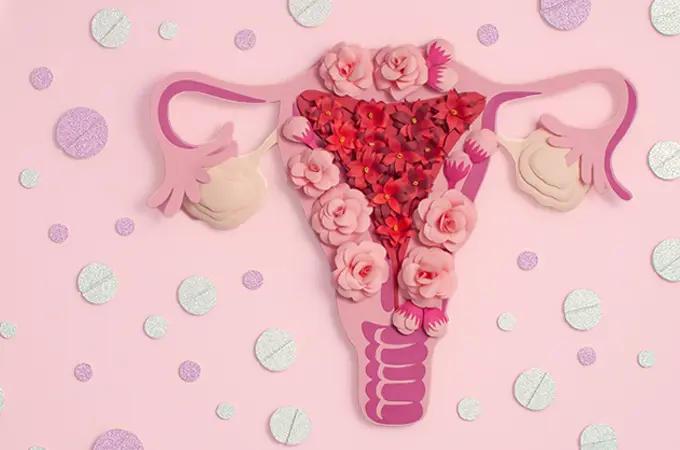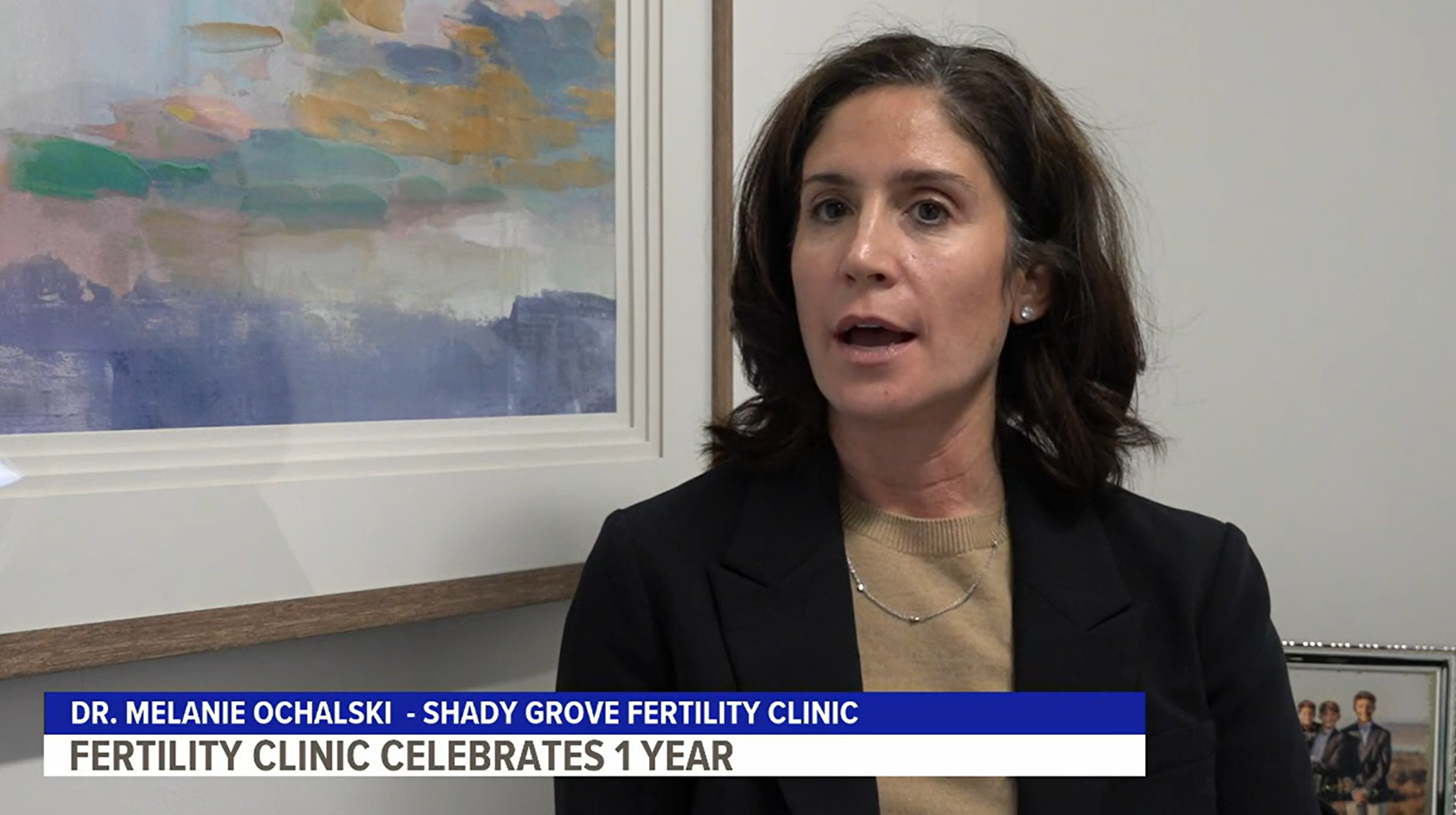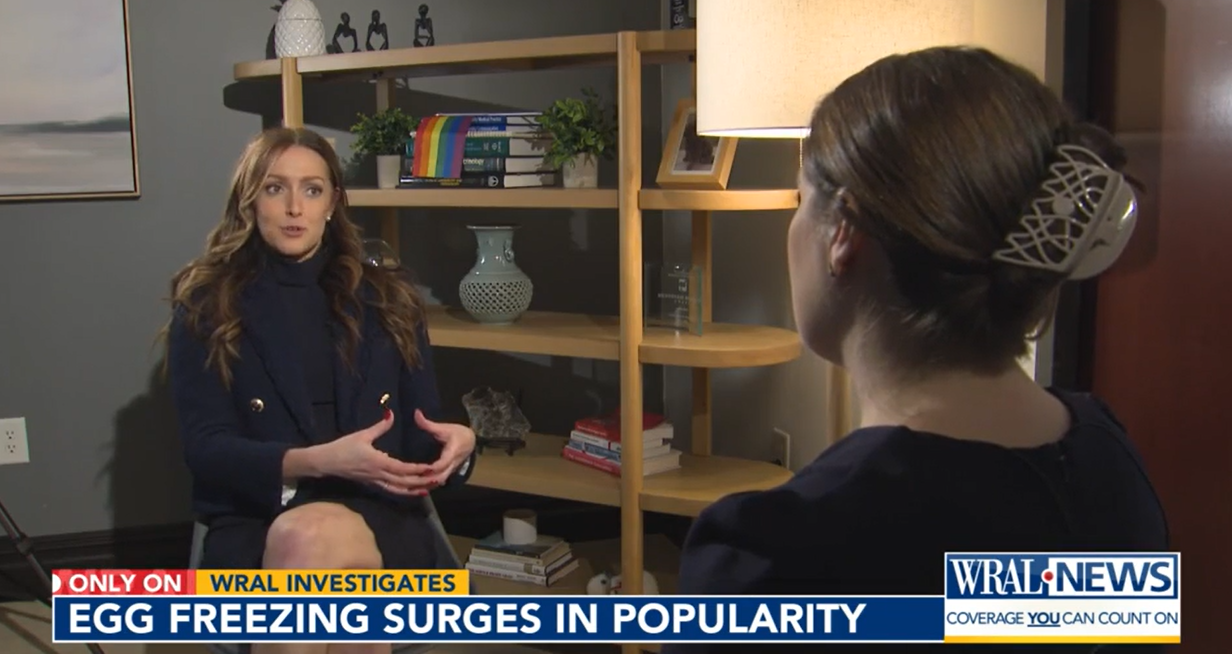Step Three: The Trigger Shot And Egg Retrieval
The stimulation phase ends with a trigger shot. The trigger shot provides final maturation to the developing follicles and sets ovulation in motion. Timing is crucial in this phase because egg retrieval must be performed prior to the expected time of ovulation. The doctor decides when you are ready to trigger based on the two key factors that have been monitored during the stimulation phase:
Size of the follicles
The goal is to have the majority of follicles between 18mm to 22mm since these are the follicles most likely to contain mature eggs.
Level of estrogen (estradiol)
The estrogen level directly correlates with the number of follicles in the ovaries and is used to help your physician determine the appropriate medication to use for the trigger shot. The cells inside each follicle produce estrogen so a patient with eight follicles will generally have a blood estrogen level that is lower than a patient with 16 follicles.
The egg retrieval
Approximately 36 hours after the trigger shot the egg retrieval will occur at one of our three accredited ambulatory surgery centers (ASC) in Rockville, MD; Chesterbrook, PA; or Towson, MD. Your partner’s (or donor) sperm is either collected the day of the retrieval or if he is unavailable, as is the case for many out-of-state or international patients, previously frozen sperm will be thawed and used.
The day of your egg retrieval you will meet with two different providers, the first is a Shady Grove Fertility physician who will be performing the egg retrieval. At this time you will discuss your protocol and what will happen during the fertilization phase in the embryology laboratory. Next, you will meet with an anesthetist who will review your medical history and start an intravenous (IV) that will deliver the anesthesia medication. This is not general anesthesia but a quick-acting sedation that lasts for the duration of the procedure.
The egg retrieval itself typically takes about 20 to 30 minutes. During the procedure, an ultrasound is used to guide a needle into each ovary to remove the follicular fluid and egg.





